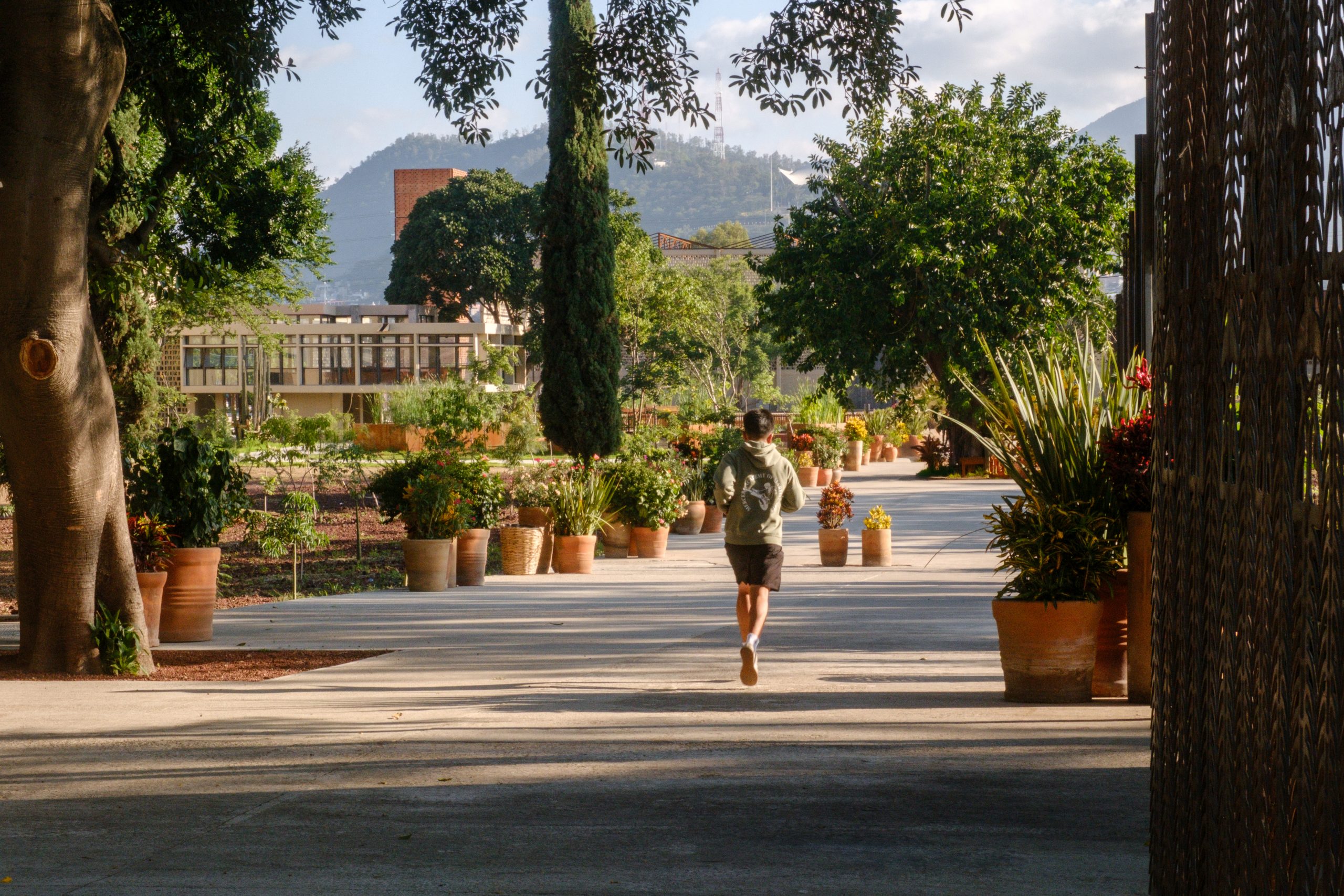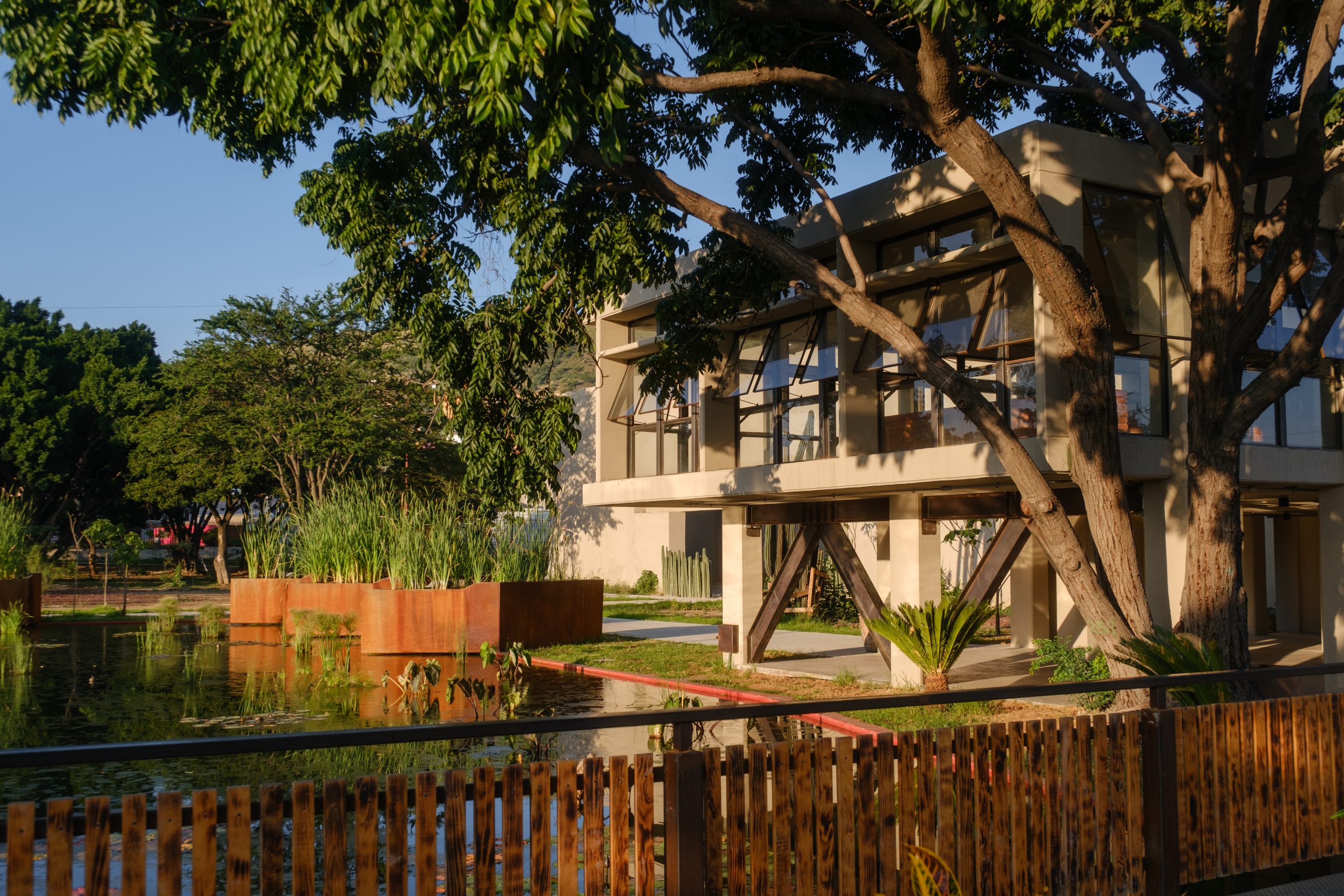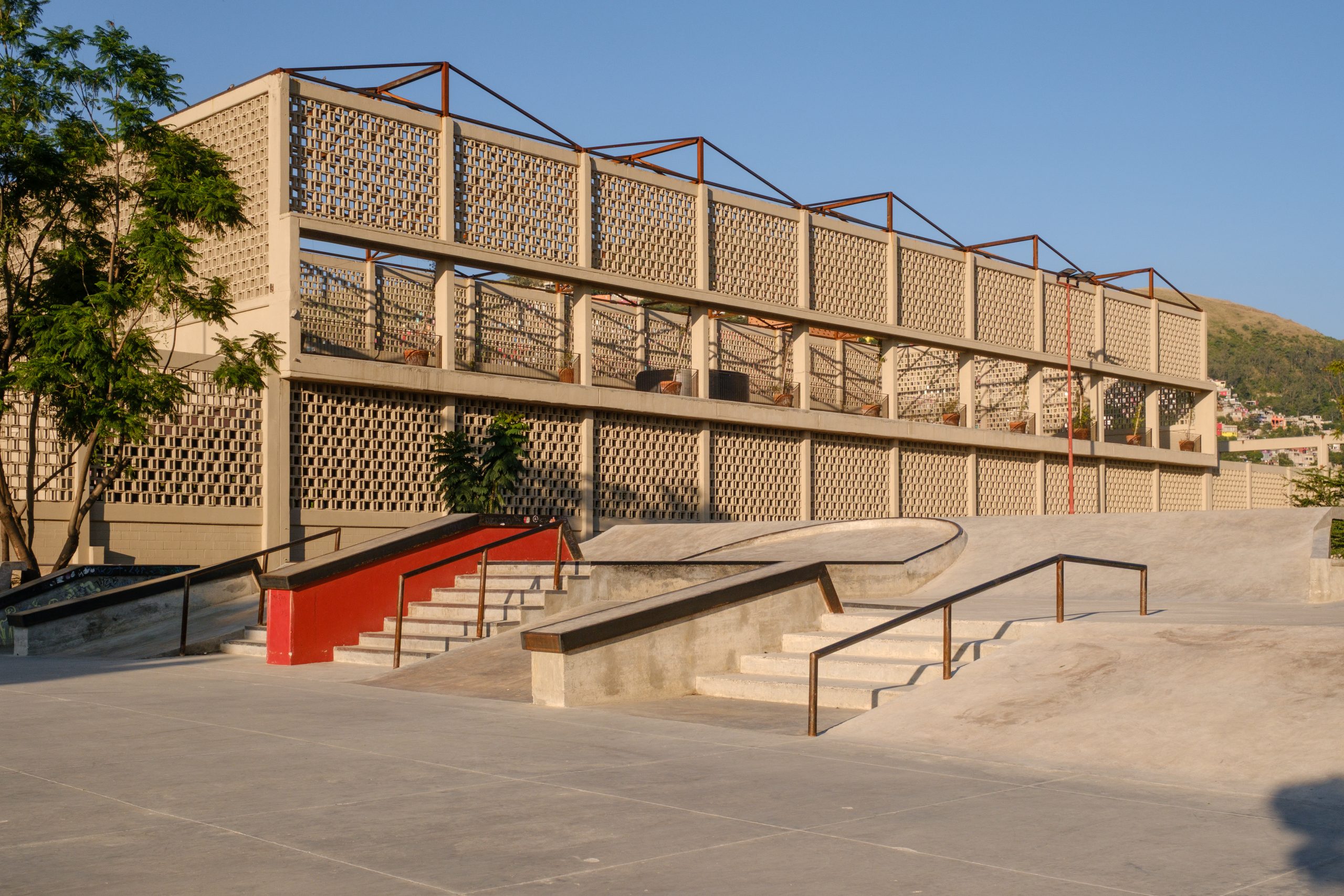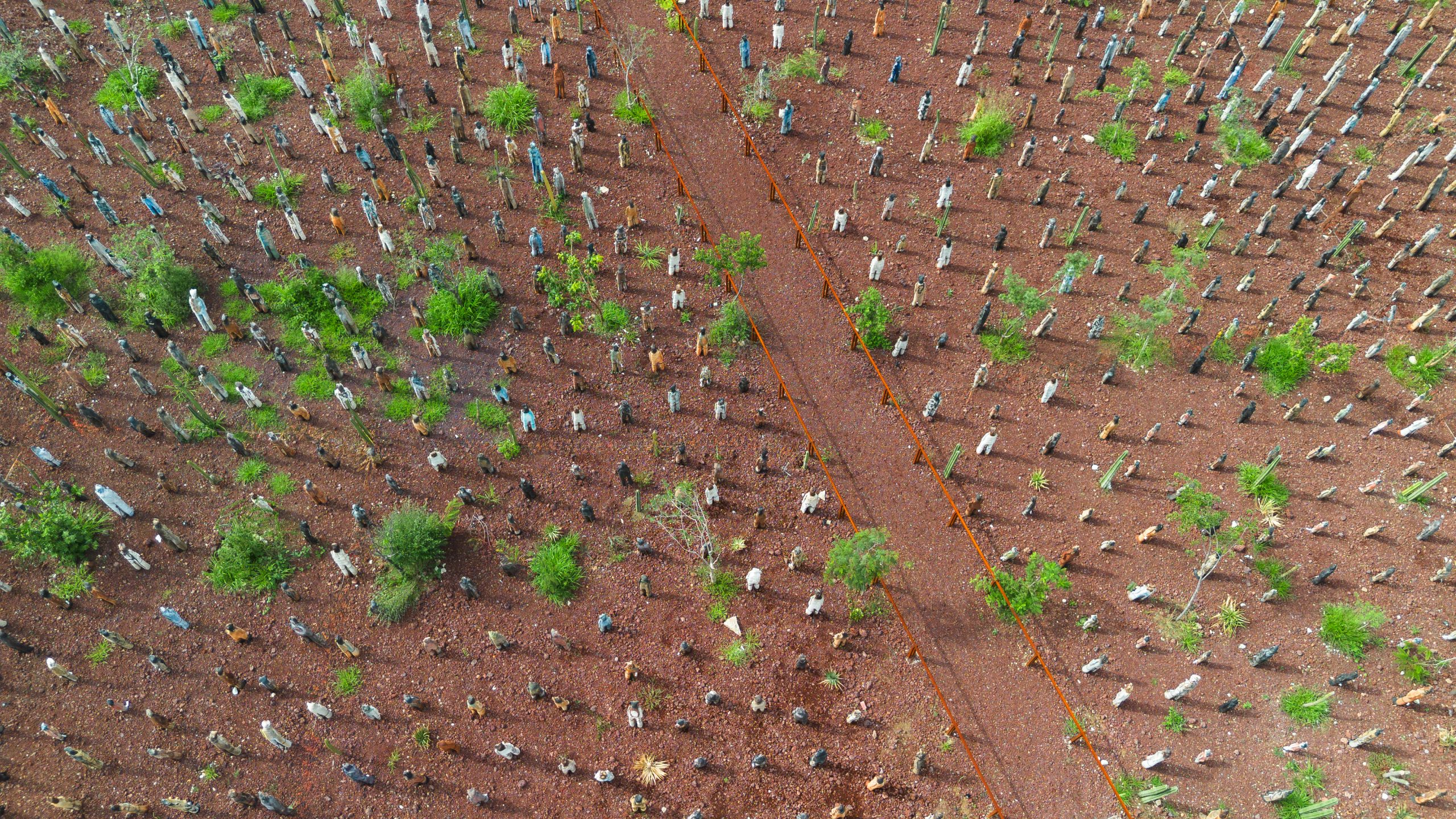Oaxacan Spring Park Cho Ndobá: The Reinterpretation of an Urban Space
Discover Oaxacan Spring Park Cho Ndobá: The Reinterpretation of an Urban Space, which, with a museum and an extensive network of ecological and recreational circuits, marks a milestone in Oaxaca’s urban regeneration. Designed by RootStudio in collaboration with LABORA, this new green lung represents a commitment to culture, community, and sustainability.
This urban regeneration initiative has transformed 11.84 fragmented and degraded hectares into a multifunctional ecosystem that integrates culture, sports, sustainability, and community, revitalizing a marginalized area and restoring its significance.
In the urban heart of Oaxaca, where an old plywood factory remained unused for decades, a project with a renewed purpose has come to life: Oaxacan Spring Park Cho Ndobá (which in Mazatec means “spring”). This urban regeneration initiative has transformed 11.84 fragmented and degraded hectares into a multifunctional ecosystem that integrates culture, sports, sustainability, and community, revitalizing a marginalized area and restoring its significance.

Espacio multifuncional / Multifunctional space
Fotografía / Photography: Cortesía de autores
Designed by the interdisciplinary studio RootStudio in collaboration with LABORA, the park weaves together architectural and landscape elements that engage with the site’s history while envisioning a sustainable future. The proposed intervention strategy combines the restoration of existing buildings with new structures that employ local materials such as recycled wood and reclaimed metal. Additionally, an extensive 85,000 m² ecological edge redefines the urban profile and connects the park with the city’s network of public spaces.

Ejercitando / Exercising
Fotografía / Photography: Cortesía de autores
One of the park’s most iconic spaces is the Corn and Milpa Museum, which pays tribute to Oaxaca and its 35 out of the 53 maize varieties found in Mexico, while also serving as an educational center for biodiversity and food sustainability. Complementing this are a fairground, an open-air cinema, and several active plazas, including the 27,500 m² Central Plaza designed for recreational, sporting, and public events.

Espacio exterior con cuerpo de agua / Exterior space with water pound
Fotografía / Photography: Cortesía de autores
The park’s sporting vocation is reflected in the design and construction of bike paths, jogging circuits, soccer, volleyball, and basketball courts, as well as a skatepark suitable for professional competitions and a climbing wall in the sandpit—encouraging access to physical activity for a wide range of users.

Skatepark
Fotografía / Photography: Cortesía de autores
Special emphasis has been placed on universal accessibility, with infrastructure adapted for people with reduced mobility, including accessible paths and inclusive recreational areas. At the same time, safety has been a key priority, implemented through illuminated pathways, security stations, and an integrated access system that fosters community ownership of the park.

Sendero / Walkway
Fotografía / Photography: Cortesía de autores
The commitment to sustainability is expressed through various ecological strategies, such as the implementation of rainwater harvesting systems, the drilling of infiltration wells, and the integration of a wetland for natural water purification. The park also includes a nursery which, together with the ethnobotanical garden, promotes the conservation of native species while serving as an educational space for the community—strengthening a sense of belonging and consolidating the park as a gathering point for diverse civic expressions.
The project is also a space for artistic and cultural expression. A fence designed by artist Francisco Toledo defines the perimeter, featuring an original adaptation of his work Peces replicated along one kilometer with 796 pieces. The monumental work 2501 Migrants by Oaxacan artist Alejandro Santiago is also present in the park, symbolizing the search for a dignified life by those who leave their homeland. Additionally, under the direction of artists Shinzaburo Takeda and Adán Paredes, children from the state’s eight regions participated in the creation of a mural composed of 200 ceramic tiles representing local fauna and flora.

Obra “2501 Migrantes” por Alejandro Santiago / Work “2501 Migrants” by Alejandro Santiago
Fotografía / Photography: Cortesía de autores
This park is one of the largest urban infrastructure projects in the Oaxaca region and stands as a testament to the collective effort to build an equitable, sustainable, and vibrant future. Its impact goes beyond architectural design, fostering new connections within the city and eliminating barriers that once fragmented the urban fabric. Through this initiative, RootStudio reaffirms its commitment to Oaxaca, urban regeneration, and collaborative work—laying the foundation for a way of living that honors the past while embracing the possibilities of the future.






